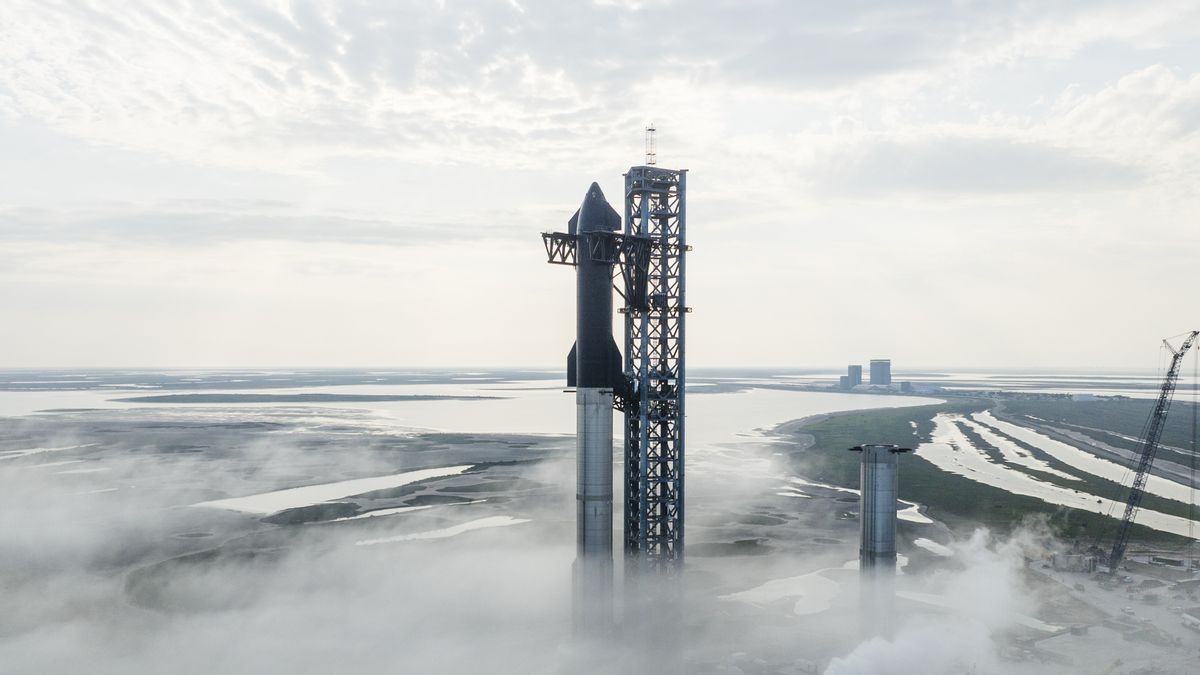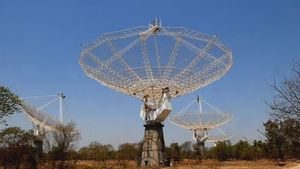JAKARTA - SpaceX is ready to rehearse the Starship launch system from its Starbase site in southeast Texas, marking a significant milestone in CEO Elon Musk's quest to turn long-distance interplanetary transportation from mere science fiction to reality.
This is the strongest signal yet that the Starship's first orbital flight test may be imminent. This dress rehearsal constitutes a series of critical prelaunch tests that include loading of propellant from the top stage and booster, and a countdown to about T-10 seconds, or just before engine start-up.
Starship completed its first full flight-like wet dress rehearsal at Starbase today. This was the first time an integrated Ship and Booster were fully loaded with more than 10 million pounds of propellant pic.twitter.com/btprGNGZ1G
— SpaceX (@SpaceX) January 24, 2023
As Techcrunch reported, if no major issues arise during testing, the next step will be "de-stacking," or separation of the Starship second stage and the Super Heavy booster. That will be followed by a full static test fire, during which engineers will power all 33 Raptor 2 booster engines. The launch system will then be re-stacked before the first orbital flight test.
This could all happen in a matter of weeks, March is slated to be a test orbit flight, but that's assuming that all goes well and no major accidents occur during dress rehearsals. The opportunity is big considering that SpaceX has never failed at that stage
The rehearsal also assumes that the U.S. Federal Aviation Administration, the agency that regulates commercial launches, is about to issue SpaceX's all-important launch license. The FAA has been largely silent about the status of evaluating SpaceX's plans, despite having conducted an extensive assessment of the Starship launch program for some time.
VOIR éGALEMENT:
The public may regard Starship as SpaceX's raison d'être, the means by which the company, as Musk puts it, maintains a "light of consciousness" in the cosmos. Given that the Starship could have the potential to put as much as 100 tonnes into orbit, and given that there is not yet a strong market to support and exploit such a capability, it seems clear that Starship was designed with Mars flights in mind. Companies will likely spend billions of dollars to achieve this goal.
It's not just SpaceX that's betting big on Starship's success. NASA also relies on Starship for work, to the extent that the agency makes it a major part of the Artemis moon program.
In April 2021, NASA awarded SpaceX a $2.9 billion contract to develop a version of the Starship that will land on the moon for its Artemis III mission, which will take place before 2024 and carry out the Starship mission for the end of the decade.
But before any of that can happen, the Starship has to reach orbit. And it may happen sooner than expected.
The English, Chinese, Japanese, Arabic, and French versions are automatically generated by the AI. So there may still be inaccuracies in translating, please always see Indonesian as our main language. (system supported by DigitalSiber.id)


















